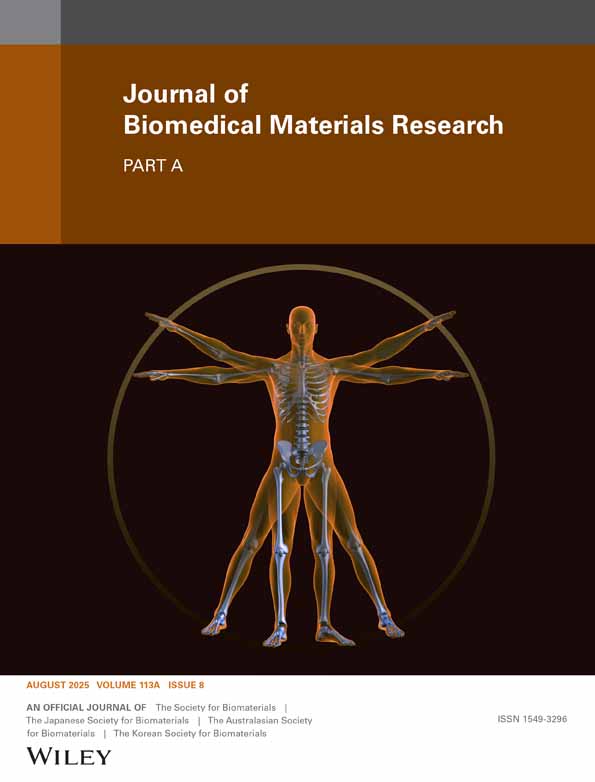Nanoparticulate zinc oxide as a coating material for orthopedic and dental implants
This article was published online on 4 June 2014. An error was subsequently identified. This notice is included in the online and print versions to indicate that both have been corrected on 30 September 2014.
Abstract
Orthopedic and dental implants are prone to infection. In this study, we describe a novel system using zinc oxide nanoparticles (nZnO) as a coating material to inhibit bacterial adhesion and promote osteoblast growth. Electrohydrodynamic atomisation (EHDA) was employed to deposit mixtures of nZnO and nanohydroxyapatite (nHA) onto the surface of glass substrates. Nano-coated substrates were exposed to Staphylococcus aureus suspended in buffered saline or bovine serum to determine antimicrobial activity. Our results indicate that 100% nZnO and 75% nZnO/25% nHA composite-coated substrates have significant antimicrobial activity. Furthermore, osteoblast function was explored by exposing cells to nZnO. UMR-106 cells exposed to nZnO supernatants showed minimal toxicity. Similarly, MG-63 cells cultured on nZnO substrates did not show release of TNF-α and IL-6 cytokines. These results were reinforced by both proliferation and differentiation studies which revealed that a substrate coated with exclusively nZnO is more efficient than composite surface coatings. Finally, electron and light microscopy, together with immunofluorescence staining, revealed that all cell types tested, including human mesenchymal cell (hMSC), were able to maintain normal cell morphology when adhered onto the surface of the nano-coated substrates. Collectively, these findings indicate that nZnO can, on its own, provide an optimal coating for future bone implants that are both antimicrobial and biocompatible. © 2014 Wiley Periodicals, Inc. J Biomed Mater Res Part A: 103A: 981–989, 2015.




